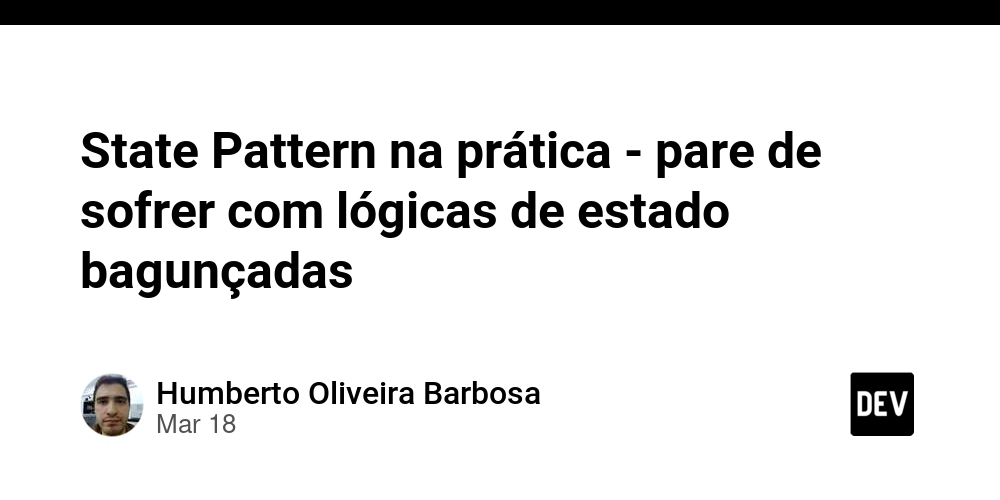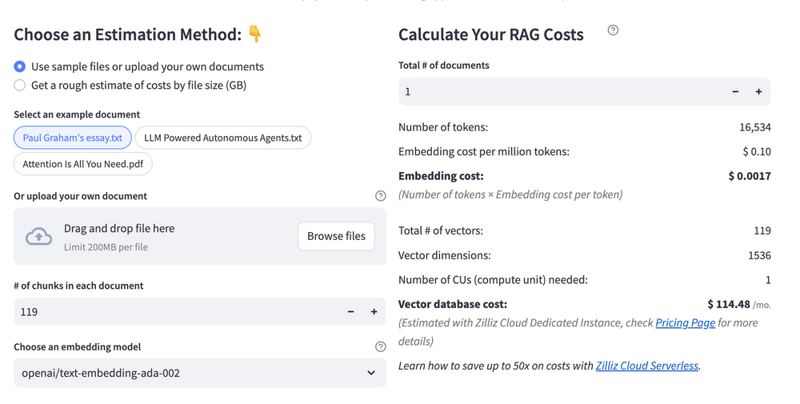Time Blocking vs Pomodoro - Which Productivity Method Works Best?
Introduction – Finding Your Ideal Productivity Method There’s no shortage of productivity techniques out there—but two of the most popular methods are Time Blocking and the Pomodoro Technique. Both promise better focus, structure, and efficiency, but they work in different ways and suit different types of tasks and personalities. In this article, we’ll explore how each method works, their pros and cons, and how to decide which one is best for your daily workflow. What is Time Blocking? Time Blocking is a scheduling method where you plan your entire day by assigning specific time slots to tasks or task categories. Instead of keeping an open-ended to-do list, you “block” out time for deep work, meetings, breaks, and admin tasks on your calendar. Key Features: Breaks the day into dedicated work periods. Helps eliminate multitasking by focusing on one block at a time. Prioritizes deliberate planning and discipline. Pros: Provides structure for long, deep-focus tasks. Makes scheduling predictable and reduces decision fatigue. Great for people with complex or varied responsibilities. Cons: Can be rigid—unexpected interruptions throw off your day. Requires planning in advance. Less flexible for spontaneous work. What is the Pomodoro Technique? The Pomodoro Technique is a time management method that breaks work into intervals: 25 minutes of focused work, followed by a 5-minute break. After four cycles, you take a longer break (15–30 minutes). Key Features: Emphasizes short bursts of focus. Built-in breaks prevent burnout. Works well for simple, repetitive, or draining tasks. Pros: Helps beat procrastination and boosts momentum. Ideal for people who struggle with focus or motivation. Encourages consistent progress over time. Cons: Not suitable for tasks that require long, uninterrupted focus. Frequent breaks can feel disruptive for creative or flow-based work. Requires frequent timer management. Time Blocking vs Pomodoro – Side-by-Side Comparison Feature Time Blocking Pomodoro Technique Work Style Structured & planned Short focused sprints Ideal For Deep work, varied tasks Simple, repetitive tasks Breaks Scheduled manually Built-in after each sprint Flexibility Less flexible Highly flexible Interruptions Disruptive Easier to recover Effort to Set Up High (requires planning) Low (just start a timer) Tool Requirements Calendar or planner Timer or Pomodoro app Which Method Should You Choose? Choose Time Blocking if: You manage multiple responsibilities and need structured control over your day. You work on deep, creative, or long-form tasks like writing, coding, or design. You thrive with long periods of uninterrupted work. Choose Pomodoro if: You struggle with procrastination or find it hard to get started. You do work that benefits from frequent breaks. Your tasks are smaller, varied, or mentally draining. Some people combine both—using Time Blocking to schedule Pomodoro sessions into their day. How TaskFrame Supports Both Methods TaskFrame is designed to help teams and individuals manage tasks with clarity and focus—whether they prefer Time Blocking, Pomodoro, or a hybrid approach. For Time Blocking: Use TaskFrame to plan your day by setting priorities, estimating time for each task, and visually organizing your schedule. For Pomodoro: Break large tasks into subtasks inside TaskFrame and check them off after each session to maintain progress and motivation. TaskFrame provides a visual and flexible interface to track time, manage workloads, and stay on task, no matter which productivity method you prefer. Conclusion – Productivity Is Personal There’s no universal best method—productivity is about finding what works best for you. Time Blocking offers structure and discipline. Pomodoro offers momentum and relief from burnout. Both can help you focus and get more done—when applied intentionally. Looking for a tool that supports both approaches seamlessly? Try TaskFrame and make your productivity system work for you.
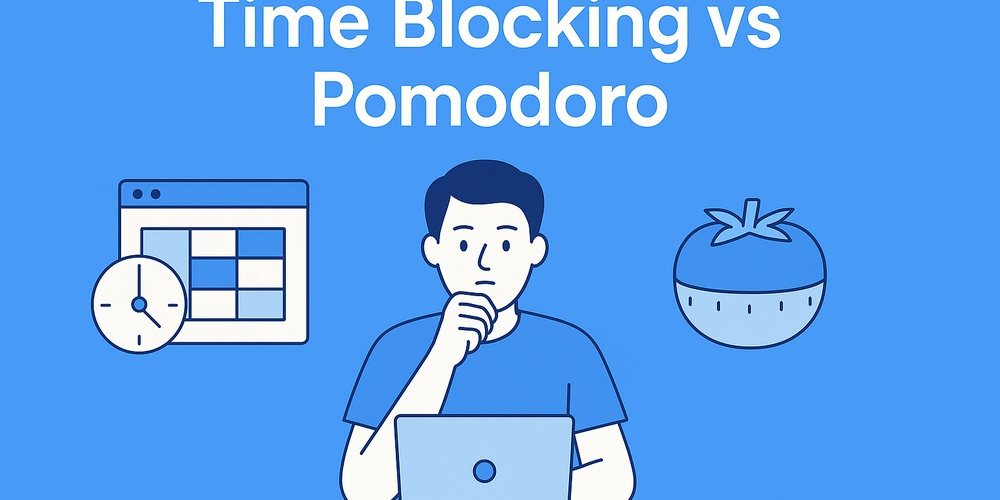
Introduction – Finding Your Ideal Productivity Method
There’s no shortage of productivity techniques out there—but two of the most popular methods are Time Blocking and the Pomodoro Technique.
Both promise better focus, structure, and efficiency, but they work in different ways and suit different types of tasks and personalities.
In this article, we’ll explore how each method works, their pros and cons, and how to decide which one is best for your daily workflow.
What is Time Blocking?
Time Blocking is a scheduling method where you plan your entire day by assigning specific time slots to tasks or task categories.
Instead of keeping an open-ended to-do list, you “block” out time for deep work, meetings, breaks, and admin tasks on your calendar.
Key Features:
- Breaks the day into dedicated work periods.
- Helps eliminate multitasking by focusing on one block at a time.
- Prioritizes deliberate planning and discipline.
Pros:
- Provides structure for long, deep-focus tasks.
- Makes scheduling predictable and reduces decision fatigue.
- Great for people with complex or varied responsibilities.
Cons:
- Can be rigid—unexpected interruptions throw off your day.
- Requires planning in advance.
- Less flexible for spontaneous work.
What is the Pomodoro Technique?
The Pomodoro Technique is a time management method that breaks work into intervals:
25 minutes of focused work, followed by a 5-minute break.
After four cycles, you take a longer break (15–30 minutes).
Key Features:
- Emphasizes short bursts of focus.
- Built-in breaks prevent burnout.
- Works well for simple, repetitive, or draining tasks.
Pros:
- Helps beat procrastination and boosts momentum.
- Ideal for people who struggle with focus or motivation.
- Encourages consistent progress over time.
Cons:
- Not suitable for tasks that require long, uninterrupted focus.
- Frequent breaks can feel disruptive for creative or flow-based work.
- Requires frequent timer management.
Time Blocking vs Pomodoro – Side-by-Side Comparison
| Feature | Time Blocking | Pomodoro Technique |
|---|---|---|
| Work Style | Structured & planned | Short focused sprints |
| Ideal For | Deep work, varied tasks | Simple, repetitive tasks |
| Breaks | Scheduled manually | Built-in after each sprint |
| Flexibility | Less flexible | Highly flexible |
| Interruptions | Disruptive | Easier to recover |
| Effort to Set Up | High (requires planning) | Low (just start a timer) |
| Tool Requirements | Calendar or planner | Timer or Pomodoro app |
Which Method Should You Choose?
Choose Time Blocking if:
- You manage multiple responsibilities and need structured control over your day.
- You work on deep, creative, or long-form tasks like writing, coding, or design.
- You thrive with long periods of uninterrupted work.
Choose Pomodoro if:
- You struggle with procrastination or find it hard to get started.
- You do work that benefits from frequent breaks.
- Your tasks are smaller, varied, or mentally draining.
Some people combine both—using Time Blocking to schedule Pomodoro sessions into their day.
How TaskFrame Supports Both Methods
TaskFrame is designed to help teams and individuals manage tasks with clarity and focus—whether they prefer Time Blocking, Pomodoro, or a hybrid approach.
For Time Blocking:
Use TaskFrame to plan your day by setting priorities, estimating time for each task, and visually organizing your schedule.For Pomodoro:
Break large tasks into subtasks inside TaskFrame and check them off after each session to maintain progress and motivation.
TaskFrame provides a visual and flexible interface to track time, manage workloads, and stay on task, no matter which productivity method you prefer.
Conclusion – Productivity Is Personal
There’s no universal best method—productivity is about finding what works best for you.
- Time Blocking offers structure and discipline.
- Pomodoro offers momentum and relief from burnout.
- Both can help you focus and get more done—when applied intentionally.
Looking for a tool that supports both approaches seamlessly?
Try TaskFrame and make your productivity system work for you.










































































































































































![[The AI Show Episode 142]: ChatGPT’s New Image Generator, Studio Ghibli Craze and Backlash, Gemini 2.5, OpenAI Academy, 4o Updates, Vibe Marketing & xAI Acquires X](https://www.marketingaiinstitute.com/hubfs/ep%20142%20cover.png)
















































































































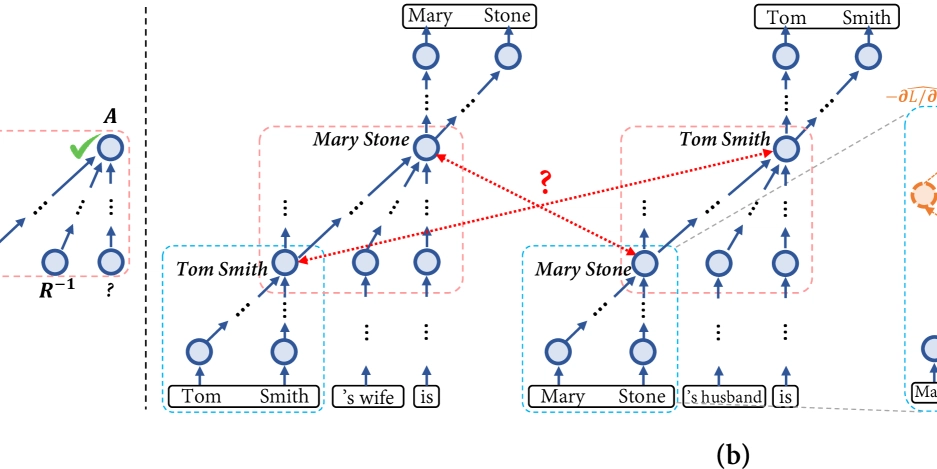

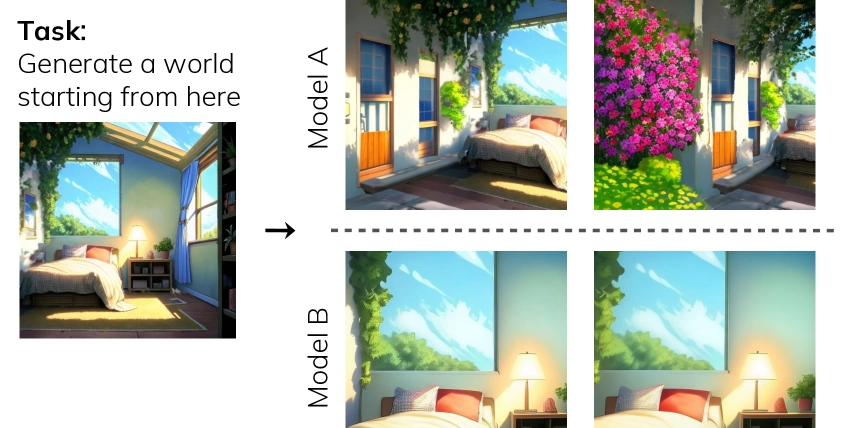



























































































































.jpg?#)















































































































































![YouTube Announces New Creation Tools for Shorts [Video]](https://www.iclarified.com/images/news/96923/96923/96923-640.jpg)

![Apple Faces New Tariffs but Has Options to Soften the Blow [Kuo]](https://www.iclarified.com/images/news/96921/96921/96921-640.jpg)





























































































































